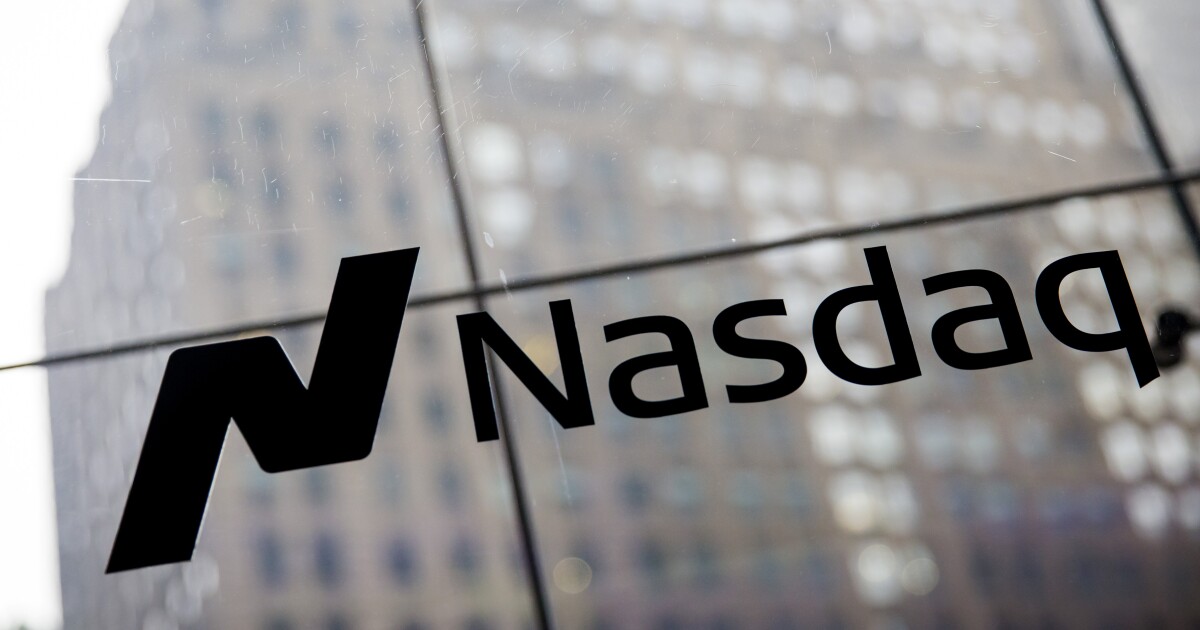
As the scale of financial crimes grows around the world, banks and financial institutions see a tidal wave of fraud, money laundering and trafficking proceeds sloshing through the global economy, with better coordination needed within and between national governments to dam it, a new report by Nasdaq and the financial consulting firm Oliver Wyman found.
The numbers tell a stark story. Illicit money flows totalled $3.1 trillion globally in 2023, including $800 billion in drug trafficking proceeds, $350 billion from human trafficking, and $11 billion in terrorist financing. That total doesn't include fraud, which cost almost half a trillion dollars last year, including close to $450 billion from payments, check and credit card fraud and more than $40 billion in scams targeting individuals and companies, the report found. But that's just the fraud that authorities know about.
"You have to assume it's more," said Adena Friedman, CEO of Nasdaq, which bought Verafin, an anti-financial-crime cloud software company, in 2020. A surprising finding, she said, was "the sheer amount of money that is moved through the banking system for nefarious purposes."
Banks are also scrambling to keep ahead of scamsters, he said, with the amount of money lost to scams growing even as the number of reported scams fell between 2021 and 2022, according to Federal Trade Commission data. One issue: "The industry lacks a consistent way to define and classify scams, making it difficult to identify current tactics for this type of fraud," Timoney said. "The Federal Reserve is leading an industry work group that released a recommended
Surveyed about what they considered the biggest threats, anti-financial-crime officials at 200 financial institutions said they were most worried about faster and instant payments (52%), money mules (47%), terrorist financing (33%) and drug trafficking (33%).
As more banks move to instant payments, including the Fed's new FedNow system, guarding against payments fraud has become a major issue for banks. "I think [FedNow] is an important solution for the financial industry, but on the other hand, time is your friend a little bit when it comes to anti-fin crime, because by the delay in someone coming in or someone wanting to wire money or doing an ACH transaction and the time it takes to process that it enables the banks to do a lot of background checks and to do a lot of work ahead of the transaction actually occurring on issues of anti-fraud or crime," Friedman said.
Without a payment delay, banks have to speed up their anti-fraud measures by checking customers' bona fides rapidly, which requires faster processing, to avoid paying the wrong party.
Another emerging threat is human trafficking, which 19% of those surveyed named as a top concern for financial institutions. Popularly considered a problem mainly of forced prostitution and child exploitation, it goes far beyond that, said Ian Mitchell, founder and chair of
"Since the pandemic, a new global phenomenon has emerged: human trafficking scam centers," Mitchell said. "In these centers, criminal organizations force trafficked victims to commit financial scams against innocent people."
Such operations — combining organized crime, trafficking and fraud — are just one example of how financial institutions need to work together, as well as with government agencies, to catch up to criminal enterprises, he said.
"There is much to do in the coming years to modernize our information sharing, enhance support for law enforcement with better data and intelligence, and leverage the best of financial services to protect victims and secure our financial system's integrity," Mitchell said.
The data-sharing aspect appeared on survey participants' wishlist as well, with 68% saying they would like regulations to
Getting regulators, law enforcement and financial institutions to share information in a timely way is one of the main obstacles to fighting fraud and financial crime, said Daniel Tannebaum, a contributor to the report. When banks file suspicious activity reports to regulators, they often don't receive feedback on whether the report led to catching a criminal — and if they do hear back from the agency, it's often not until much later, he said.
"That type of feedback is critical to refine your financial intelligence unit so you identify what they really should be focused on," said Tannebaum, a partner at Oliver Wyman and former Treasury and New York Federal Reserve Bank official. Without this feedback, banks can't train their fraud-spotting systems to find problematic behavior patterns, or to screen out patterns that look dangerous but are actually harmless.
With regulators' permission, banks can use these signals as part of AI training, which 58% of survey participants said they have plans to do, and Friedman said that's an opportunity for financial institutions.
"I think that gen AI is going to help us get a lot smarter and a lot better at really kind of finding real criminals but also making sure we don't have a lot of false positives," she said.



